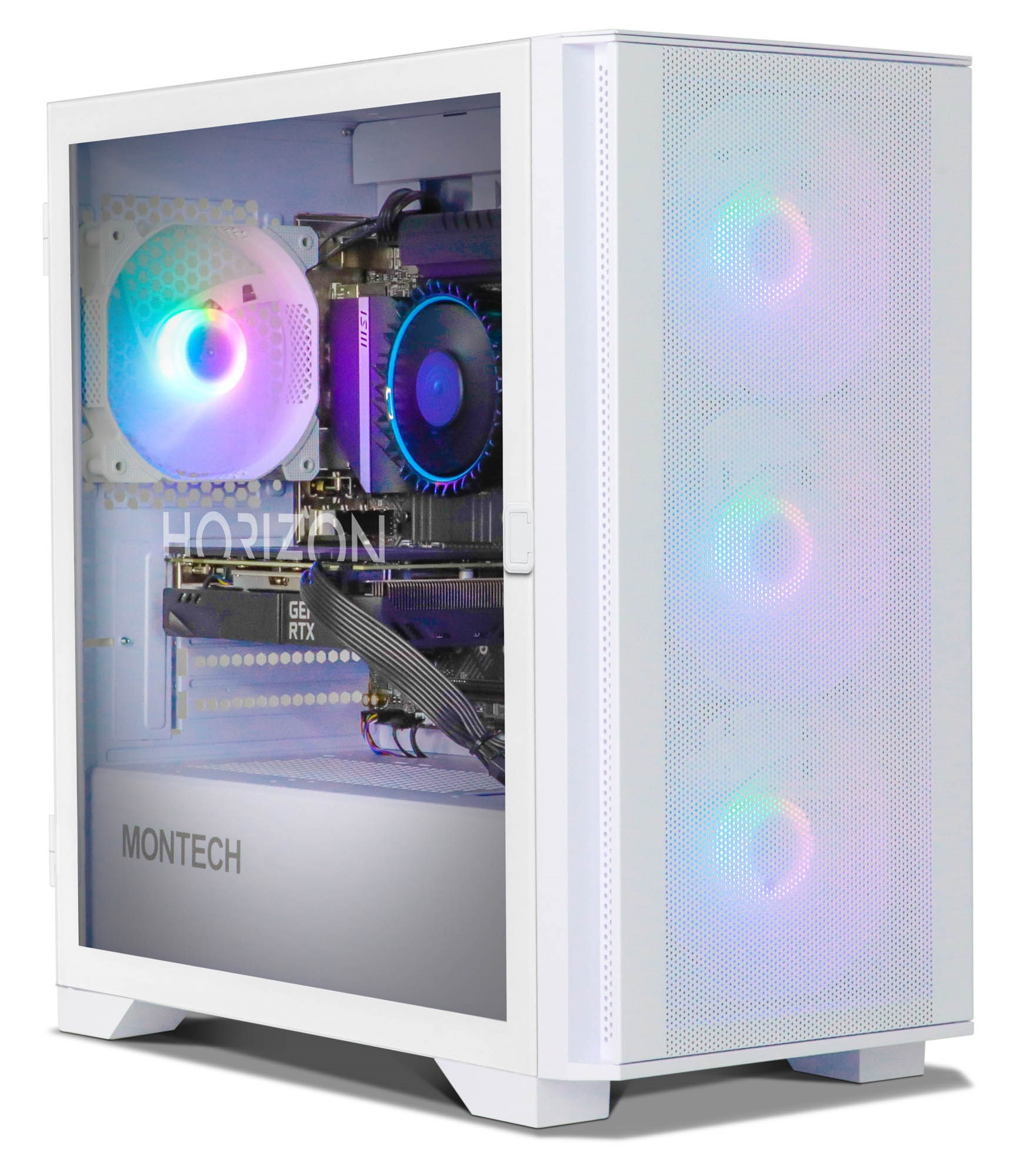

If you don’t see any tabs, click More Details first. Select the Performance tab and choose Memory in the left pane. If you're still using an old hard disk drive, one of the most useful computer upgrades you can make is to switch to a solid-state drive.
#Will ram speed up my computer upgrade#
It’s faster to read various small files from your USB stick than it is to read them from your hard drive, so this can theoretically improve your system’s performance. Right-click your taskbar at the bottom of the screen and select Task Manager or press Ctrl+Shift+Esc to open it. There are two reasons to upgrade your hard drive: you want faster performance, or you're running out of space. When you connect a USB drive to your computer and enable ReadyBoost, Windows will store SuperFetch data on your USB drive, freeing up system memory. Today's best deals on PCG's favorite RAM. However, SuperFetch can also work with a USB stick - that’s ReadyBoost in action. Generally, if you're paying much more than 20 or 30 to step up to the next speed tier in the same RAM package, you're being overcharged. SuperFetch normally uses your computer’s memory - it caches these files in your RAM. Open your PC’s Task Manager, navigate to the Performance tab, and monitor the Memory section. Quick Tip: Check your current RAM setup to see how much memory your system is using.

Empty RAM doesn’t do any good, so using it as a cache for frequently accessed applications can increase your computer’s responsiveness. What appears to be slow internet is just as likely a struggling browser.

When you launch the application, it will start faster - your computer reads its files from memory, which is faster, instead of from disk, which is slower. SuperFetch, also introduced in Windows Vista, monitors the programs you use on your computer and automatically loads their application files and libraries into your computer’s memory (RAM) ahead of time. ReadyBoost works in conjunction with SuperFetch.


 0 kommentar(er)
0 kommentar(er)
